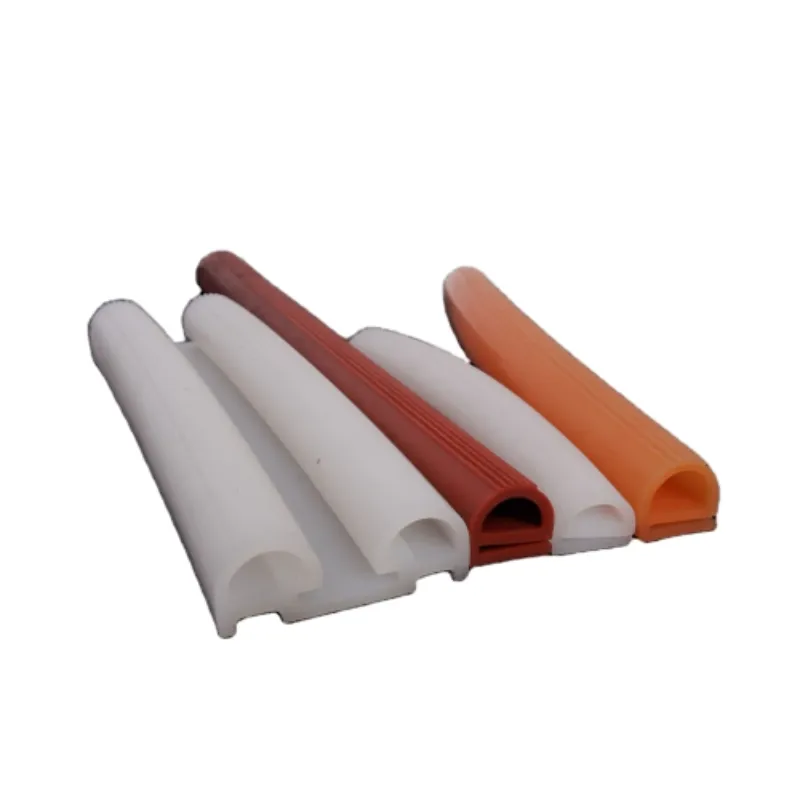Creating Stylish Designs with White Edge Banding Techniques and Materials
The Importance of White Edge Banding in Modern Furniture Design
In contemporary furniture design, aesthetics and functionality are paramount. One significant yet often overlooked aspect of this design landscape is edge banding, specifically white edge banding. This finishing technique plays a crucial role in enhancing the appearance, durability, and overall quality of furniture pieces, making it a popular choice among manufacturers and designers alike.
Defining Edge Banding
Edge banding is a finishing strip applied to the exposed edges of particle board, plywood, or MDF (medium-density fiberboard). Its primary purpose is to provide a visually appealing transition between the core material and the outer finish of the furniture piece. By covering the raw edges, edge banding not only improves the aesthetics but also protects the underlying material from moisture, damage, and wear.
The Aesthetic Appeal of White Edge Banding
White edge banding has become a favorite in both traditional and modern design due to its versatility
. It offers a clean, crisp appearance that seamlessly integrates with a variety of finishes, particularly those in lighter wood tones or painted surfaces. This neutrality allows white edge banding to complement diverse color palettes, making it a perfect choice for minimalist designs or brighter spaces where a touch of brightness is desired.In modern interiors, where open space and light are essential, white edge banding enhances the visual lightness of furniture, creating a sense of flow that can make a room feel larger and more inviting. It provides a contrast to darker surfaces and can also highlight the craftsmanship of the furniture itself, drawing attention to the clean lines and precise construction that characterize well-crafted pieces.
Durability and Functionality
white edge banding

Aside from its aesthetic benefits, one of the primary functions of edge banding is to protect the underlying material. The edges of particle board or MDF are susceptible to chipping, peeling, and water damage, which can compromise the durability and longevity of the furniture. White edge banding, typically made from PVC, melamine, or paper, acts as a barrier against such elements. High-quality edge banding is designed to withstand daily wear and tear, making it an essential part of any robust furniture design.
Additionally, white edge banding can be easily cleaned and maintained. Its smooth surface is resistant to stains and fading, which is particularly advantageous in households with children or pets. This ease of maintenance ensures that furniture remains looking new for longer periods, enhancing the investment made in quality pieces.
Environmental Considerations
In today’s environmentally conscious market, the materials used for edge banding can also reflect a brand’s commitment to sustainability. Manufacturers are increasingly opting for eco-friendly materials, such as recycled or sustainably sourced plastics, for edge banding. This shift not only meets consumer demand for greener products but also minimizes waste in the furniture production process, aligning with broader environmental goals.
Conclusion
In conclusion, white edge banding plays a pivotal role in contemporary furniture design, combining aesthetic appeal with practical functionality. Its ability to enhance the visual integrity of furniture while providing essential protection from wear and environmental elements makes it an indispensable component in modern manufacturing. As trends in interior design continue to evolve, the demand for high-quality, aesthetically pleasing edge banding will undoubtedly remain robust.
For designers and consumers alike, understanding the benefits and importance of white edge banding can lead to more informed decisions when selecting furniture. Whether crafting a sleek, modern home or maintaining a timeless aesthetic, the thoughtful application of white edge banding can elevate a space, ensuring that each piece not only looks beautiful but stands the test of time. In an industry increasingly focused on quality and sustainability, white edge banding emerges as a symbol of both style and resilience.
-
Under Door Draught Stopper: Essential ProtectionNewsJul.31,2025
-
Garage Door Seal and Weatherstrips for ProtectionNewsJul.31,2025
-
Edge Banding Tape for Perfect EdgesNewsJul.31,2025
-
Table Corner Guards and Wall Corner ProtectorsNewsJul.31,2025
-
Stair Nose Edging Trim and Tile Stair SolutionsNewsJul.31,2025
-
Truck Bed Rubber Mats for Pickup BedsNewsJul.31,2025
-
Window Weather Stripping for Noise ReductionNewsJul.29,2025